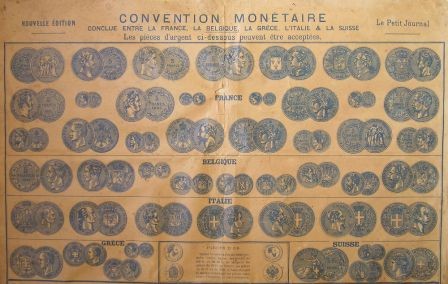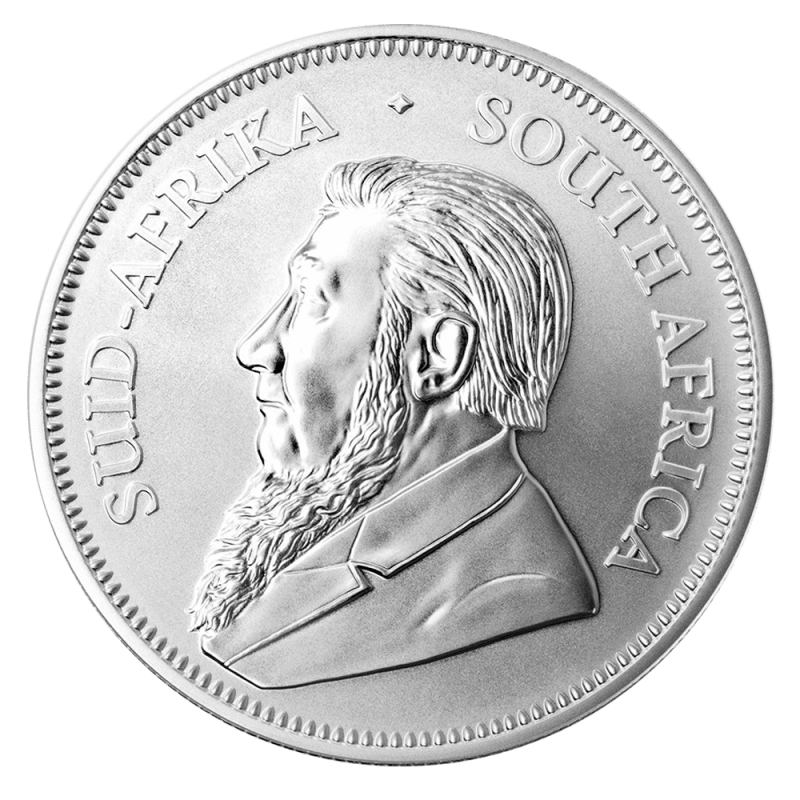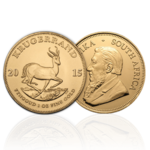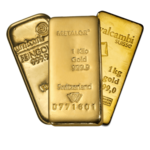
History of Latin union
It sets a standard in Gold Coins.
A test was first attempted by trying to impose by France without much success. A meeting of France, Switzerland, Belgium and Italy led to the signing of the Treaty of the Latin Monetary Union under the momentum of Napoleon III in 1865 Greece formally joined the Latin Union in 1868.
The agreement fixed the precise characteristics of gold coins and a divisional silver, to try to stabilize the gold-silver bimetallism at this time but despite that bimetallism will become increasingly lame.
This first monetary union builds innovative principles for the times to promote commercial exchanges, stabilizing prices of gold and silver them deal with mining discoveries of the time and try to create a universal currency.
The English and Americans for various reasons didn’t embarked upon in the system.
Nevertheless they counted about 50 countries striking the currency following this standard in the late nineteenth century.
The standards of the French 20 francs gold were retained.
The 20 francs napoleon III gold named sometimes named “Louis d’or” was then joined by the Swiss 20 Fr Gold Vreneli and the Belgian part of 20 Fr Leopold 2 Gold, the Gold Italian 20 lire.
Most of these coins will be issued within 10 Fr, 40, 50 and 100 Fr. Their weight being always proportional.
Or the spanish 20 pesetas, 20 en Portuguese, Russia will join the system as well as some Latin American countries.
The monetary system of the Latin Union will not survive the First World War and was disbanded in 1927.





